3 Lessons From Online Learning to Take Back to the Classroom
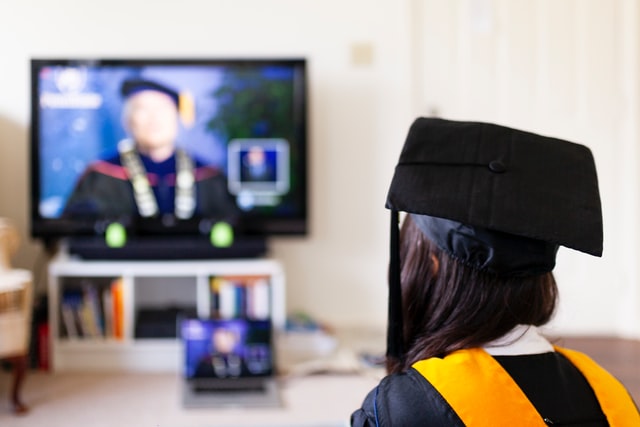 Photo by Mohammad Shahhosseini on Unsplash
Photo by Mohammad Shahhosseini on Unsplash
Remote teaching has brought profound changes. I went through a grieving process for what my classroom once had been and for what it felt like to be in a room with students and interact with them so easily. But as I made my way through that grief, after a month or two I began to find some hope. I realized that there are lots of lessons to be learned from this time of distance learning. When we can be in person again, there are some practices that will carry with me because I discovered they actually work better:
- 0 Comments
- Jul 29, 2020 10:00:00 AM
- Posted by Natalia Galvis
- Topics: Robotics, STEM, Robots,, students, Edchat, coronavirus, online, distance learning, lessons
Join NASA for the Launch of the Mars 2020 Perseverance Rover!
No matter where you live, choose from a menu of activities to join NASA as we "Countdown to Mars" and launch the Perseverance rover to the Red Planet.
NASA is inviting the public to take part in virtual activities and events ahead of the launch of the agency's Mars 2020 Perseverance rover, which is targeted for 7:50 a.m. EDT (4:50 a.m. PDT) Thursday, July 30, on a United Launch Alliance Atlas V rocket from Space Launch Complex 41 at Cape Canaveral Air Force Station in Florida.
 Perseverance Launch to Mars: This illustration shows the moment after liftoff of the Mars 2020 Perseverance rover from Cape Canaveral, Florida. The spacecraft begins the first part of its journey to Mars atop a United Launch Alliance Atlas V launch vehicle. Credits: NASA/JPL-Caltech.
Perseverance Launch to Mars: This illustration shows the moment after liftoff of the Mars 2020 Perseverance rover from Cape Canaveral, Florida. The spacecraft begins the first part of its journey to Mars atop a United Launch Alliance Atlas V launch vehicle. Credits: NASA/JPL-Caltech.
- 0 Comments
- Jul 28, 2020 10:00:00 AM
2 Simple Ways to Improve Online Instruction
Distance learning started as an emergency, but teachers are finding ways to make it better, even for students working on smartphones.
 Photo by Element5 Digital on Unsplash
Photo by Element5 Digital on Unsplash
- 0 Comments
- Jul 27, 2020 10:00:00 AM
- Posted by Natalia Galvis
- Topics: Robotics, STEM, Robots,, students, Edchat, coronavirus, online, distance learning, lessons
How Teachers Are Integrating COVID-19 Crisis Into Their Lessons
The coronavirus as a teachable moment? Yes, indeed. Many NEA members are integrating the pandemic into their lesson plans—using students’ natural curiosity about what’s happening in the world around them to deepen their understanding of critical, timely concepts in science, history, journalism, and more.
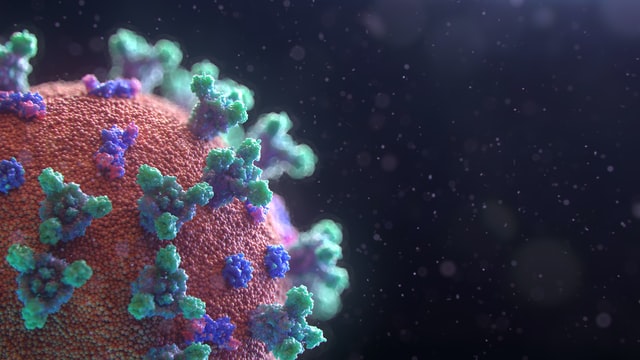 Photo by Fusion Medical Animation on Unsplash
Photo by Fusion Medical Animation on Unsplash
- 0 Comments
- Jul 24, 2020 10:00:00 AM
- Posted by Natalia Galvis
- Topics: Robotics, STEM, Robots,, students, Edchat, coronavirus, online, distance learning, lessons
The Many Benefits of STEM Education
If you’re concerned that STEM is taking up too much classroom time, consider this: STEM permeates the curriculum in ways subjects taught in isolation can’t. STEM also teaches the skills students need for success beyond their formal education.
Teachers know that they have to take advantage of every minute of instructional time they can get with students. STEM programs, with their integrated lessons, seem to usurp a considerable amount of instructional time. That can lead to arguments about pulling kids away from traditional subjects like science and math.
However, STEM offers students experiences they can’t get in traditional classrooms. STEM integrates learning through interdisciplinary studies. It affords the application of 21st-century learning skills. And finally, STEM teaches resilience.
- 0 Comments
- Jul 23, 2020 10:00:00 AM
- Posted by Natalia Galvis
- Topics: Robotics, STEM, Special Education, Coding, Robots,, students, summer, Edchat, online, distance learning
Robots May Help Kids with Special Needs
The numbers for autism are staggering:
-
1.8 million cases of autism in the U.S.
-
1 case diagnosed every 20 minutes
-
24,000 new cases diagnosed in the U.S. every year.
-
Lifetime care for an autistic person: $3.2 million.
-
Autism care costs annually in U.S.: $35 billion.
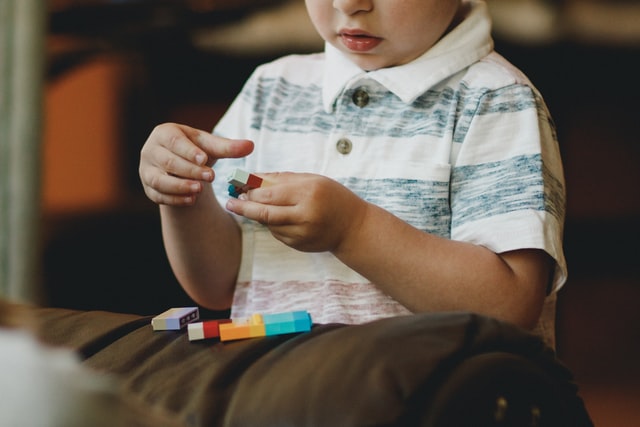 Photo by Caleb Woods on Unsplash
Photo by Caleb Woods on Unsplash
Bonnie Gamane speaks wistfully as she recalls the day last year when a robot named Millennia visited the school she administers. What she saw were children with autism interacting with the robot in a way they never had before interacted with humans.
- 0 Comments
- Jul 22, 2020 10:00:00 AM
- Posted by Natalia Galvis
- Topics: Robotics, STEM, Special Education, autism, Coding, Robots,, students, summer, Edchat, online, distance learning
Keeping Kids Excited About STEM While Teaching Remotely
So much of our everyday lives and routine has been turned upside down thanks to the COVID-19 pandemic, as parents and kids alike have found themselves on a remote learning adventure with nationwide school closures. While the move to eLearning has made our children and others safer from the virus, it has also resulted in plenty of frustration and possibly even left your kids feeling discouraged about learning.
Considering how quickly teachers and schools had to move their lessons to an online format, it’s understandable that things are running a little differently, and not without its hiccups. STEM subjects can be particularly tricky as most parents don’t have the kind of materials, knowledge, and tools necessary to make it as exciting as the teacher could. Kids are also having to learn very quickly how to work successfully as a remote student.
With all of that in mind, keeping our kids excited about learning while at home will take some extra, but simple tips and tricks.
- 1 Comments
- Jul 21, 2020 10:00:00 AM
- Posted by Natalia Galvis
- Topics: Robotics, STEM, Coding, Robots,, students, summer, Edchat, online, distance learning
How Early Should Kids Begin STEM Education?
Current research results are in favor of early childhood experiences for students, especially those who are disadvantaged. This education is a great equalizer because it provides a rich, common foundation for children who may have diverse backgrounds and experiences.
 Photo by Arif Riyanto on Unsplash
Photo by Arif Riyanto on Unsplash
- 0 Comments
- Jul 17, 2020 10:00:00 AM
- Posted by Natalia Galvis
- Topics: Robotics, STEM, Coding, Robots,, students, summer, Edchat, online, distance learning
Can Robotics Teach Problem Solving to Students?
Critical thinking and problem-solving skills are essential to success at university and in later life. However, the traditional classroom model has done a poor job of imparting these skills to students. The way children have learned in the classroom for generations has focused on lectures and worksheets. Past generations would depend on group sports, clubs and teenage jobs to impart these vital skills onto students.
However, new ideas suggest that robotics may hold the key to teaching problem-solving skills to students. Using robots to teach real-world skills may be a strange concept, but is it worth exploring? We think so and here’s why.
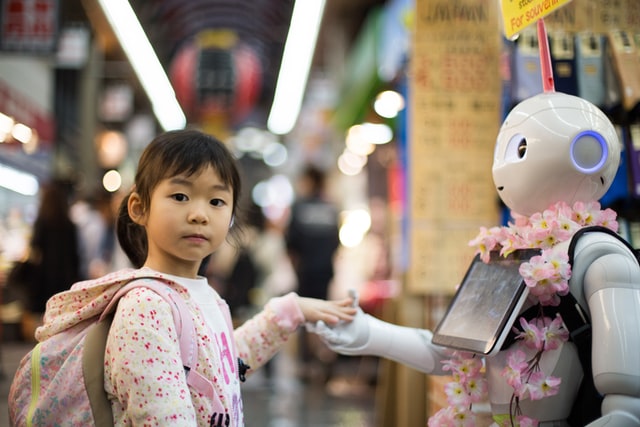 Photo by Andy Kelly on Unsplash
Photo by Andy Kelly on Unsplash
- 0 Comments
- Jul 15, 2020 10:00:00 AM
- Posted by Natalia Galvis
- Topics: Robotics, STEM, Coding, Robots,, students, summer, Edchat, online, distance learning
A Vision for the Future of Virtual Reality in Education
Virtual Reality (VR) is slowly taking over our entertainment industry. But what are the implications for other areas of our lives, such as business, health, and even…education?
While the educational realm generally takes longer than anyone else to embrace new technology, VR brings many implications for the schools of tomorrow.
Here are some ways in which VR might change the face of education in the future.
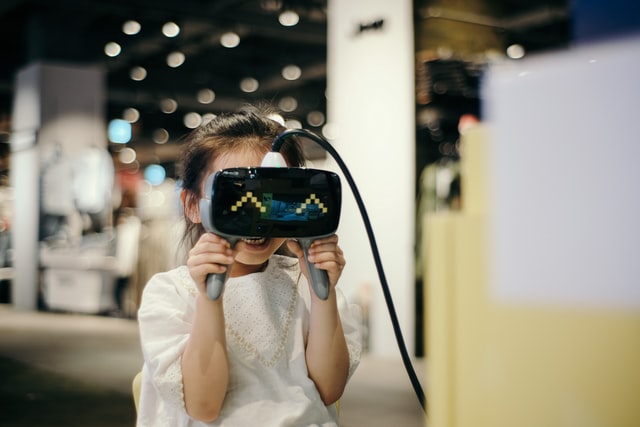 Photo by insung yoon on Unsplash
Photo by insung yoon on Unsplash
- 0 Comments
- Jul 13, 2020 10:00:00 AM
- Posted by Natalia Galvis
- Topics: EdTech, STEM, Coding, students, Technology, VR, Realidad Virtual, Réalité virtuelle, online
Relevant Posts
Popular Posts
Subscribe to Email Updates
-
I Want To Learn MoreADDITIONAL INFORMATION


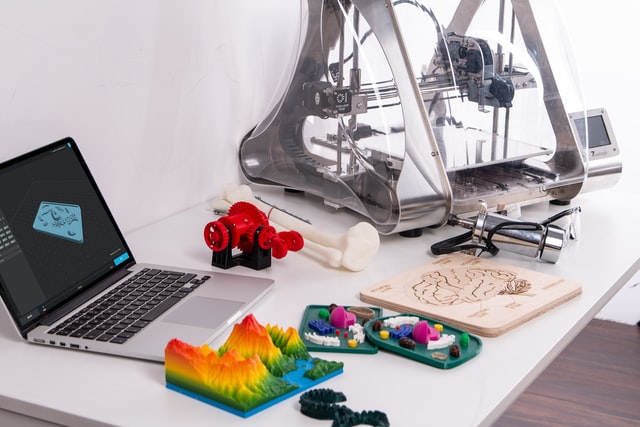 Unsplash
Unsplash
